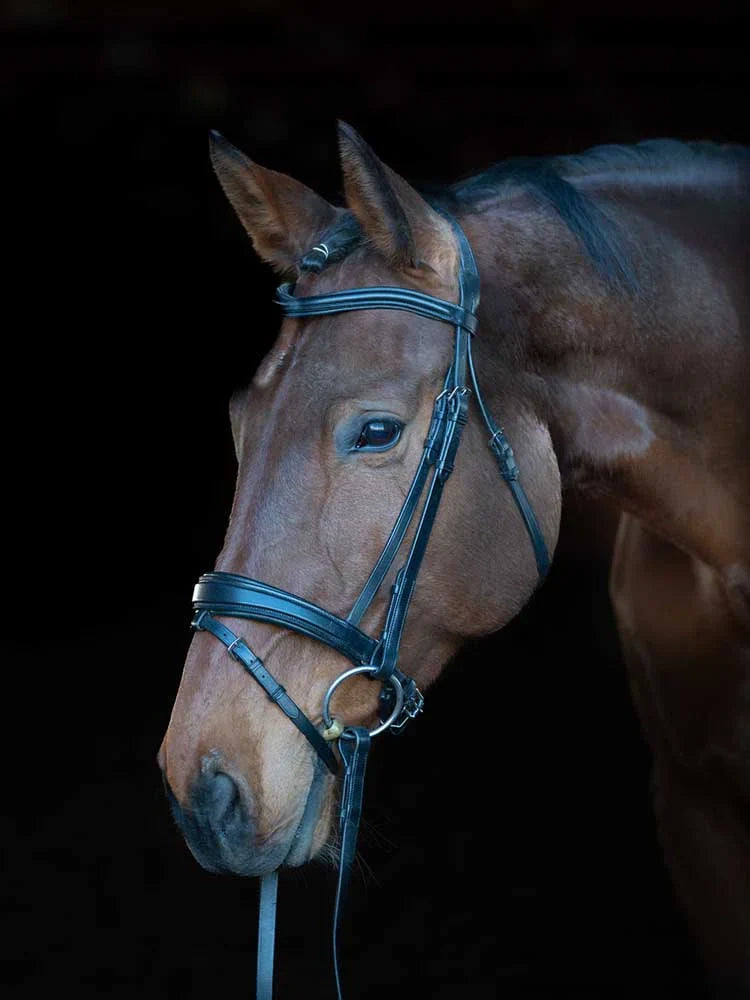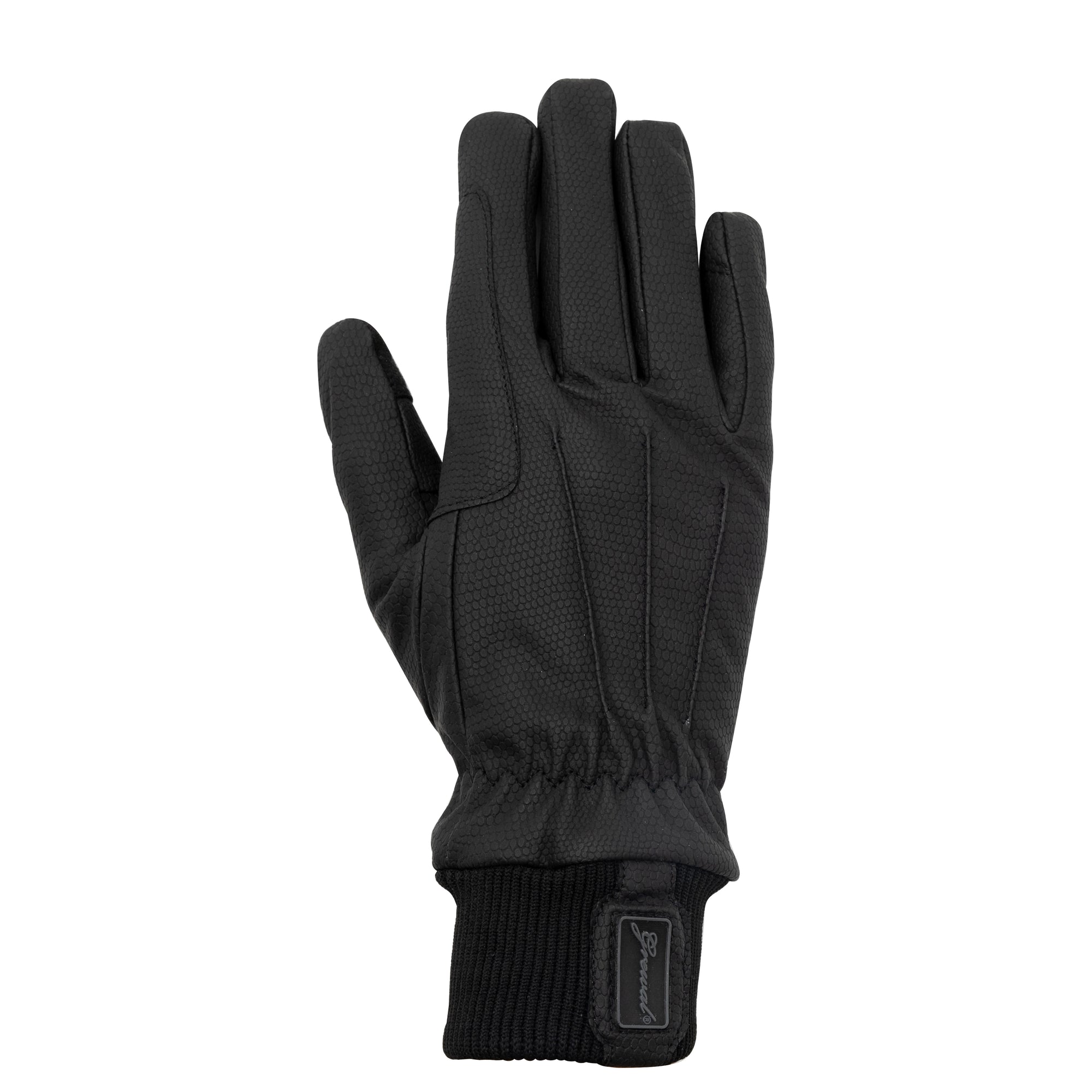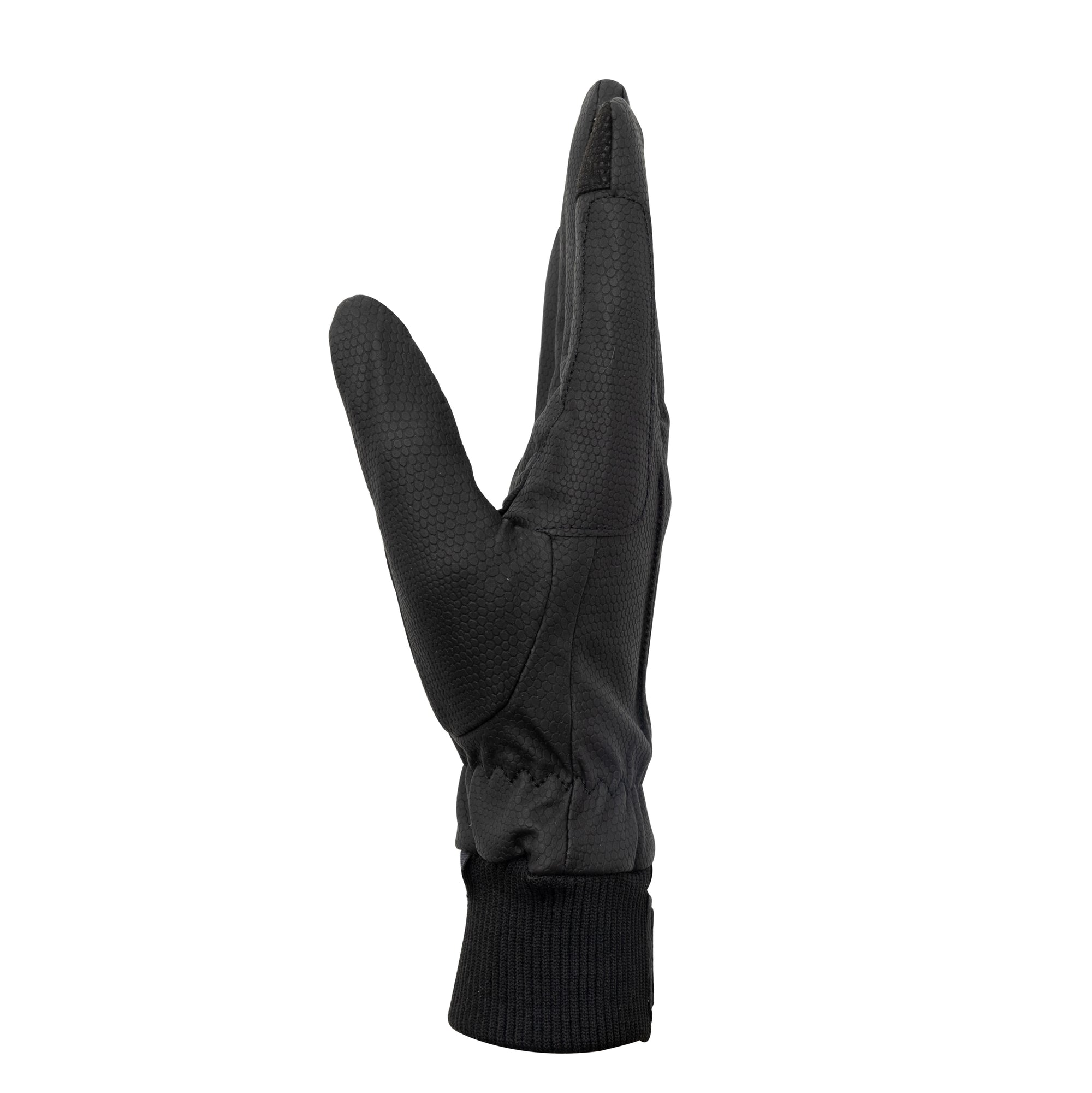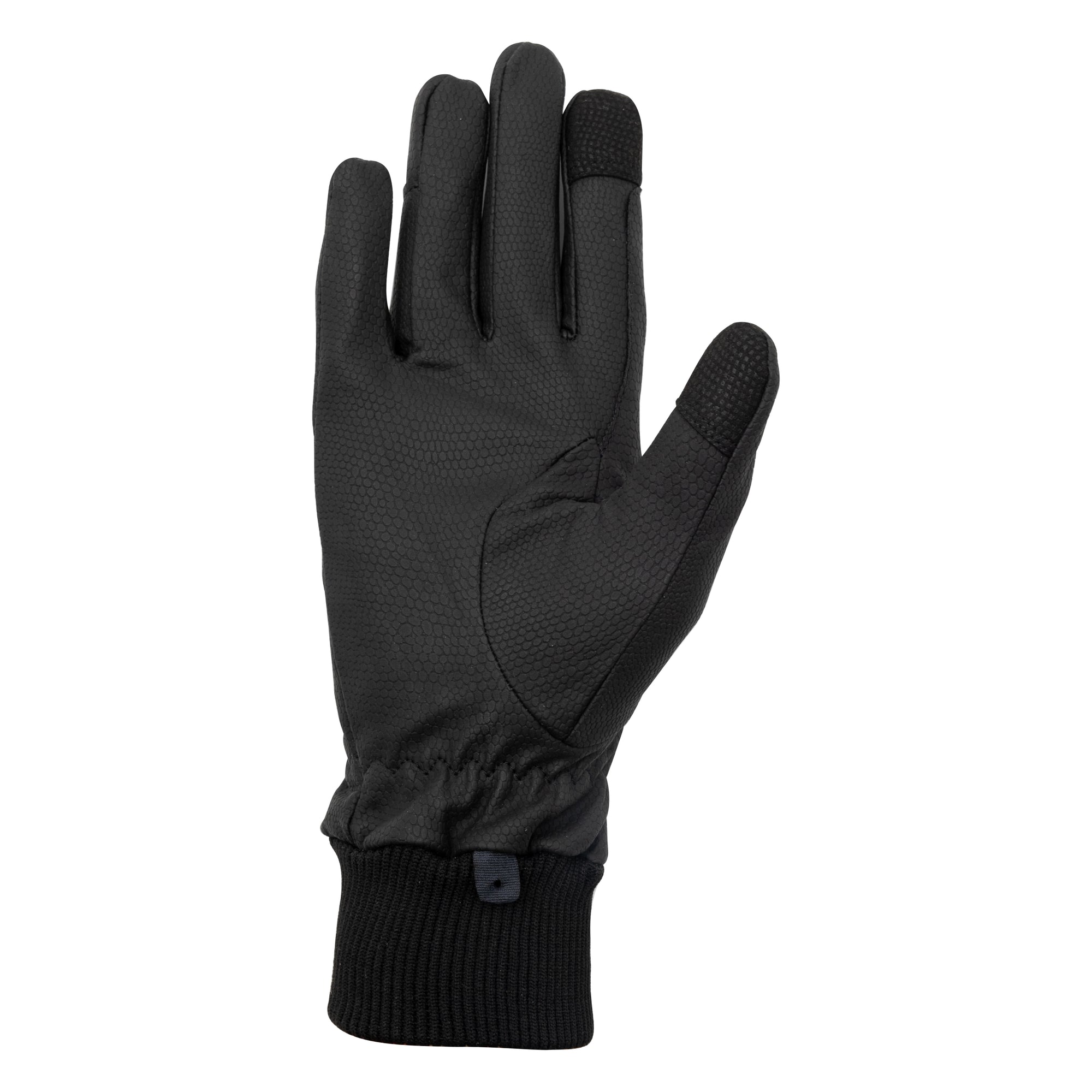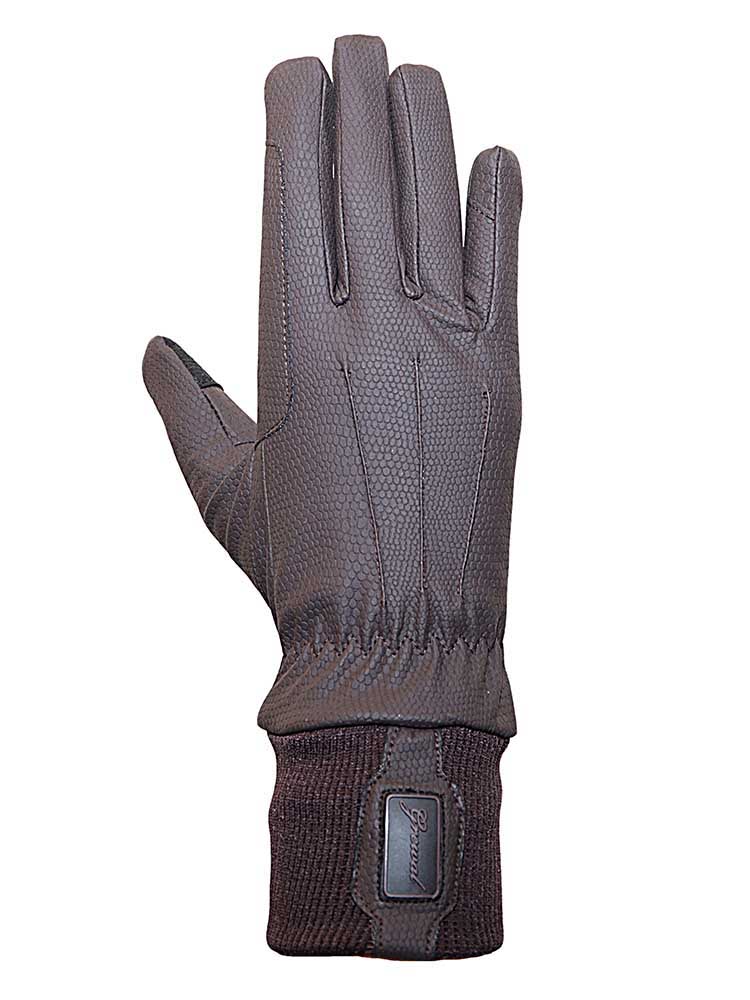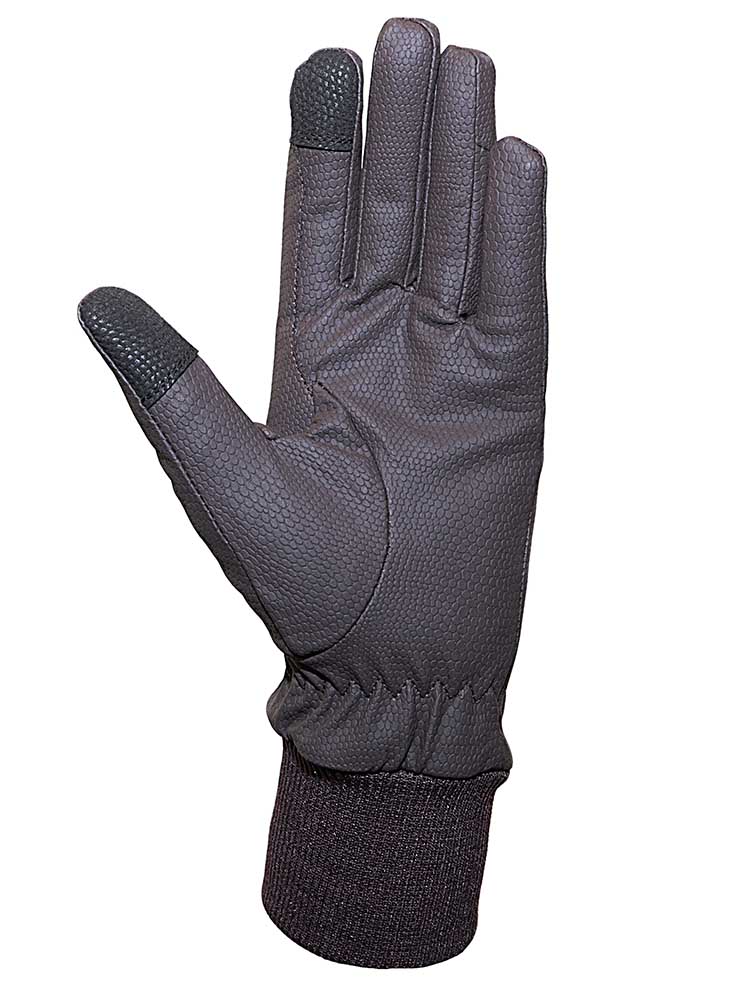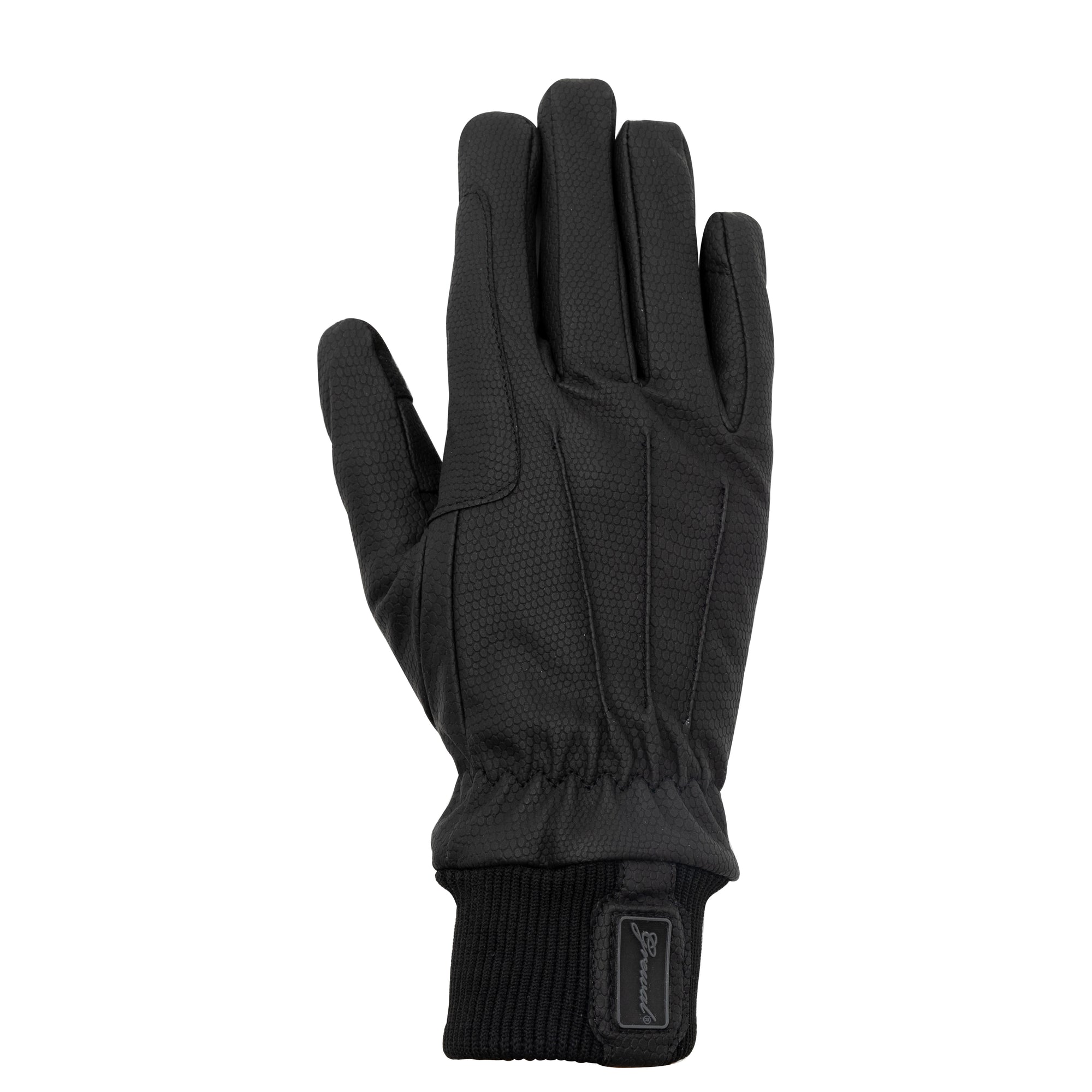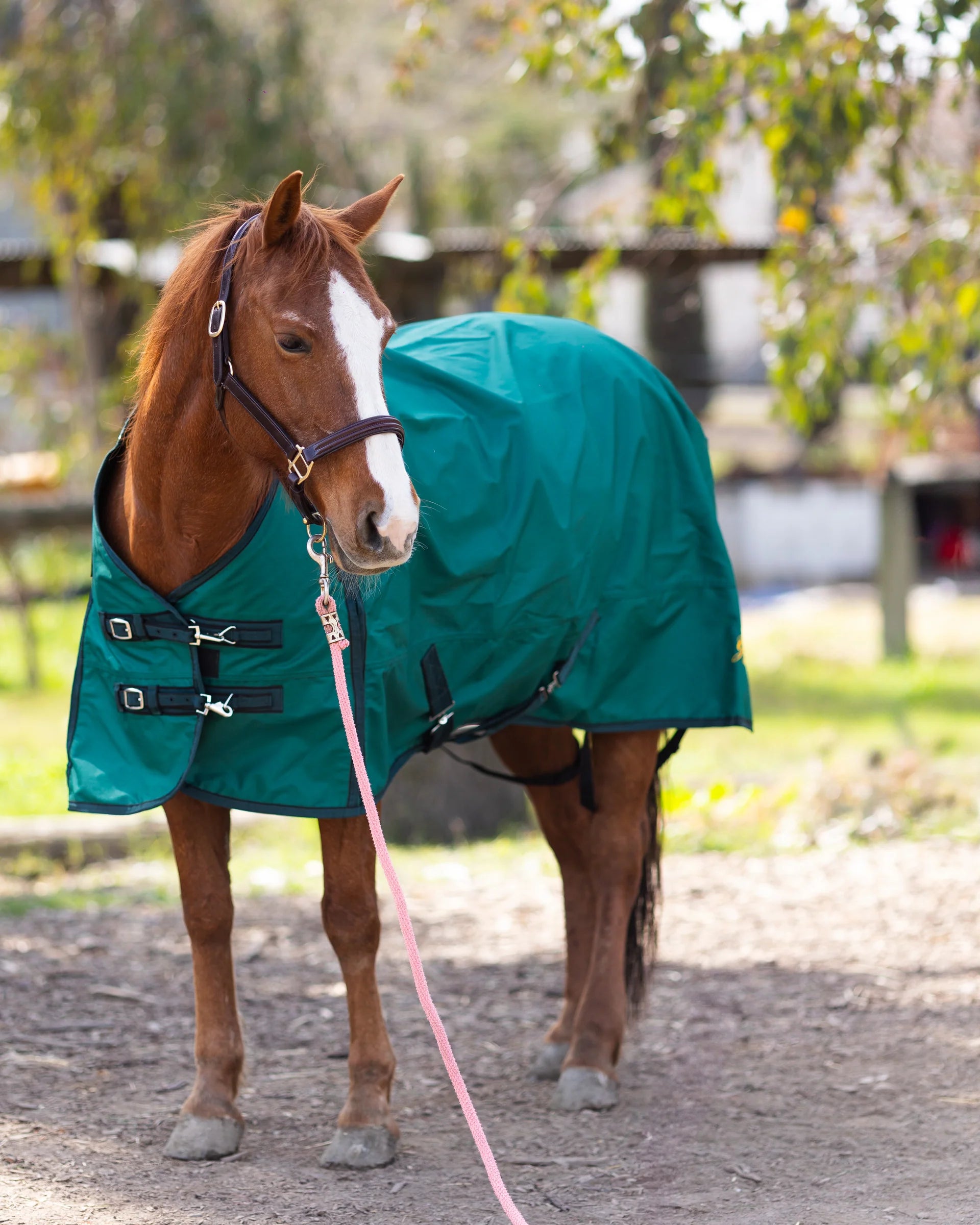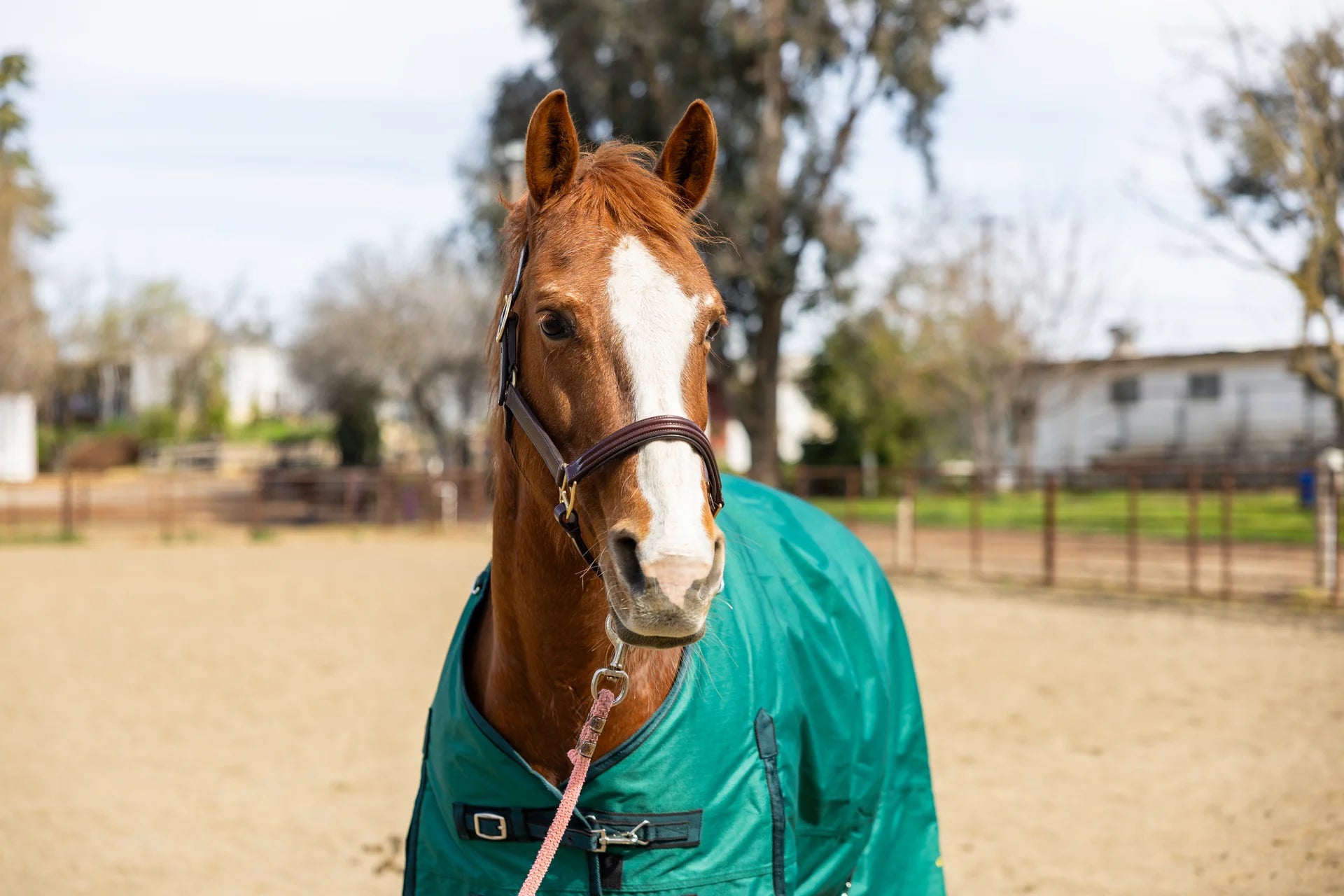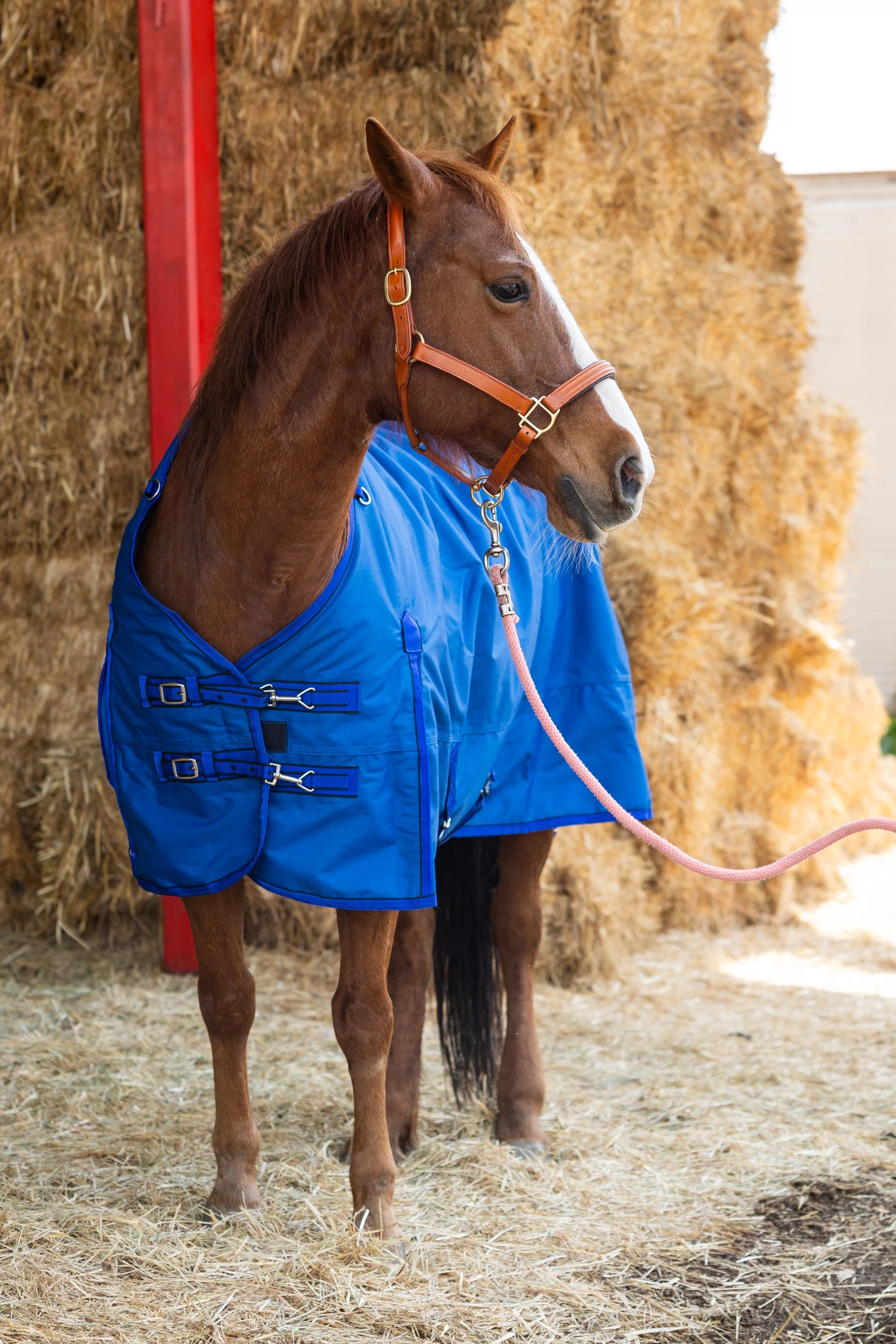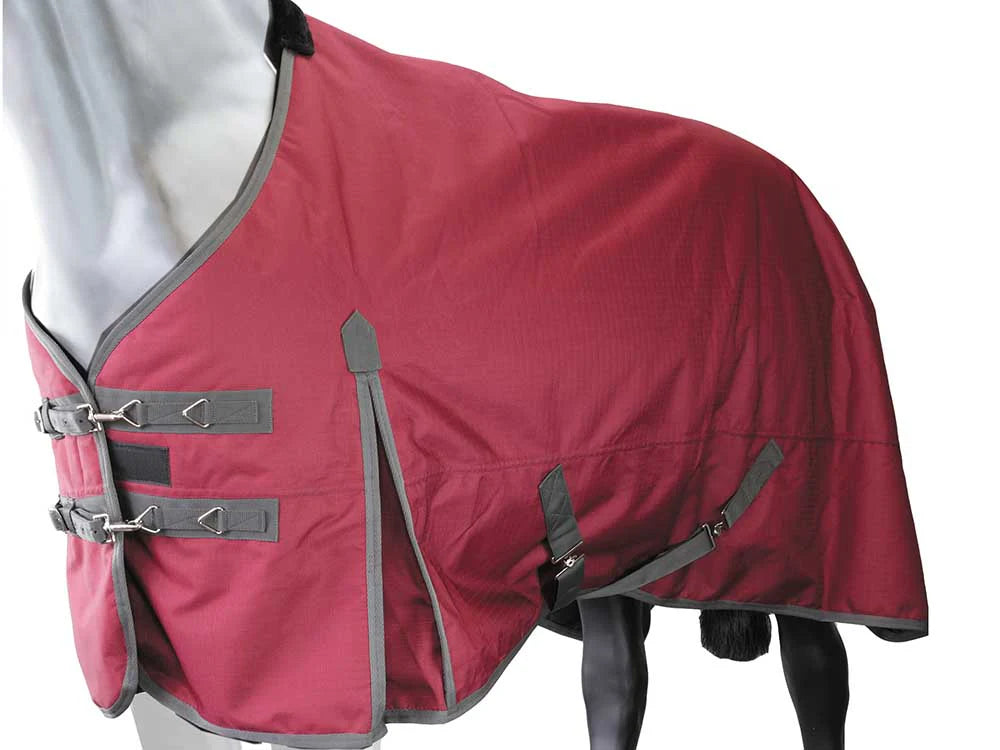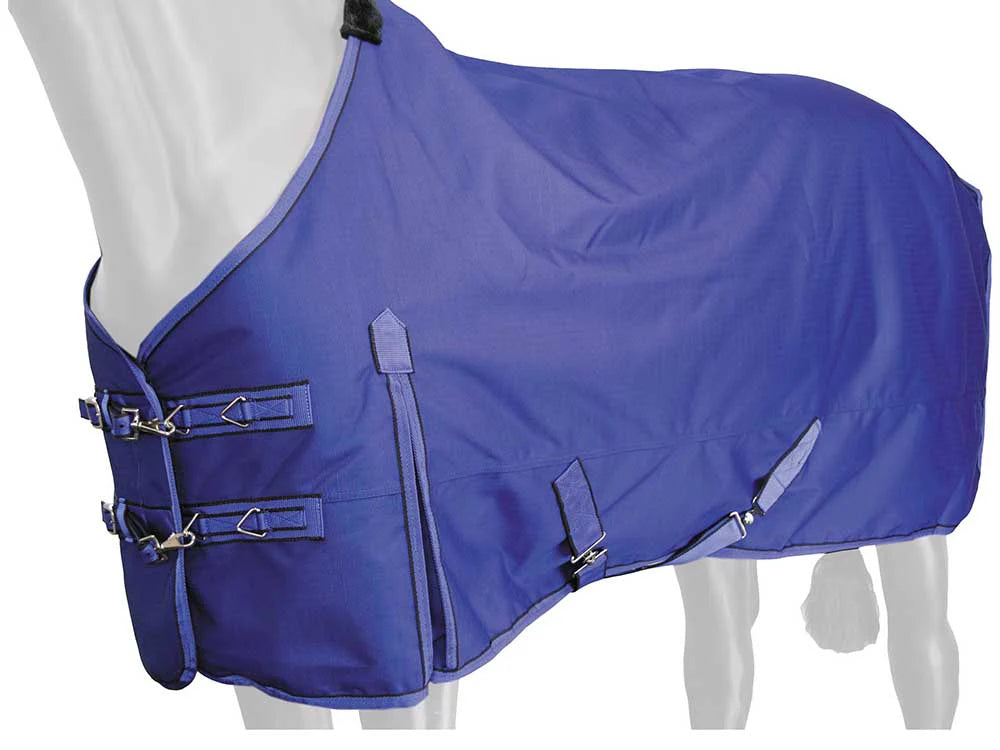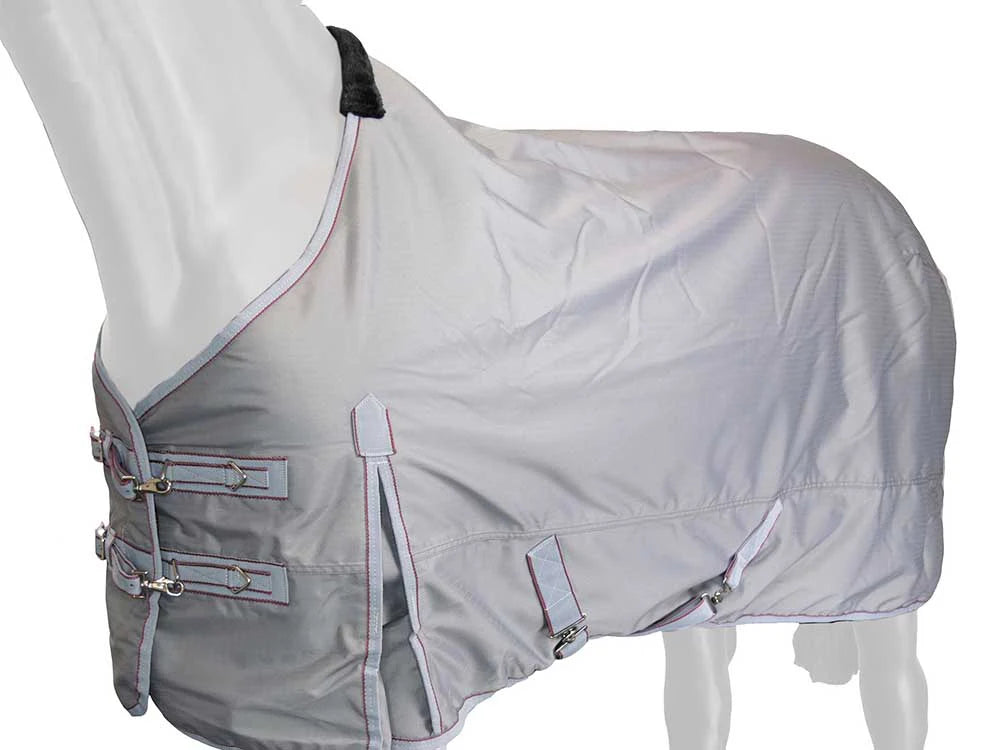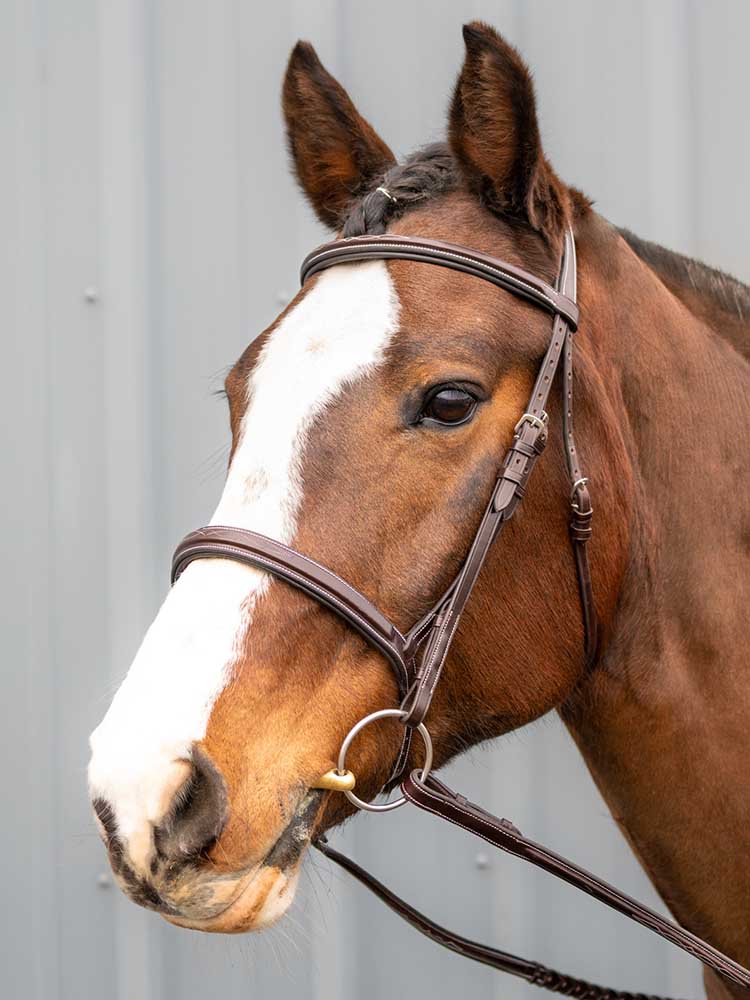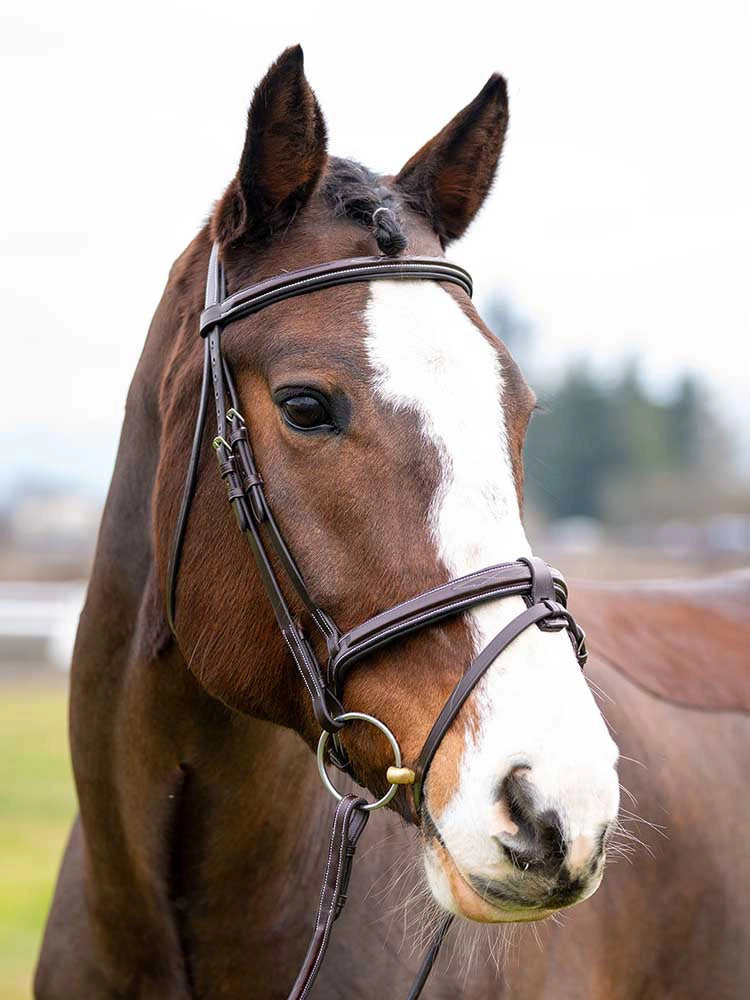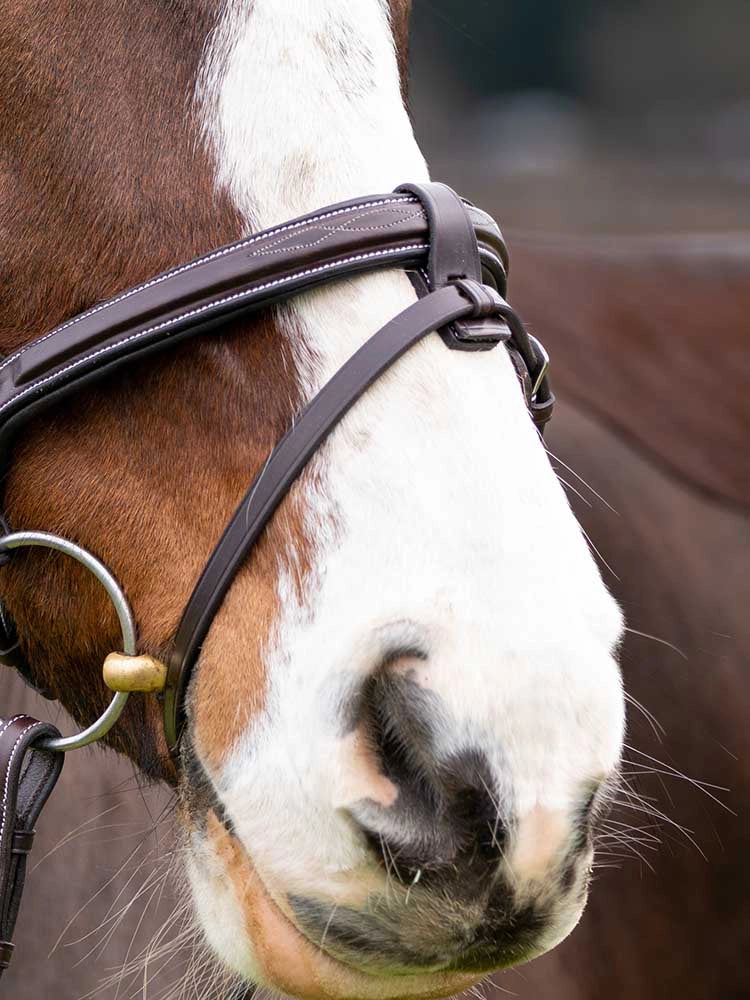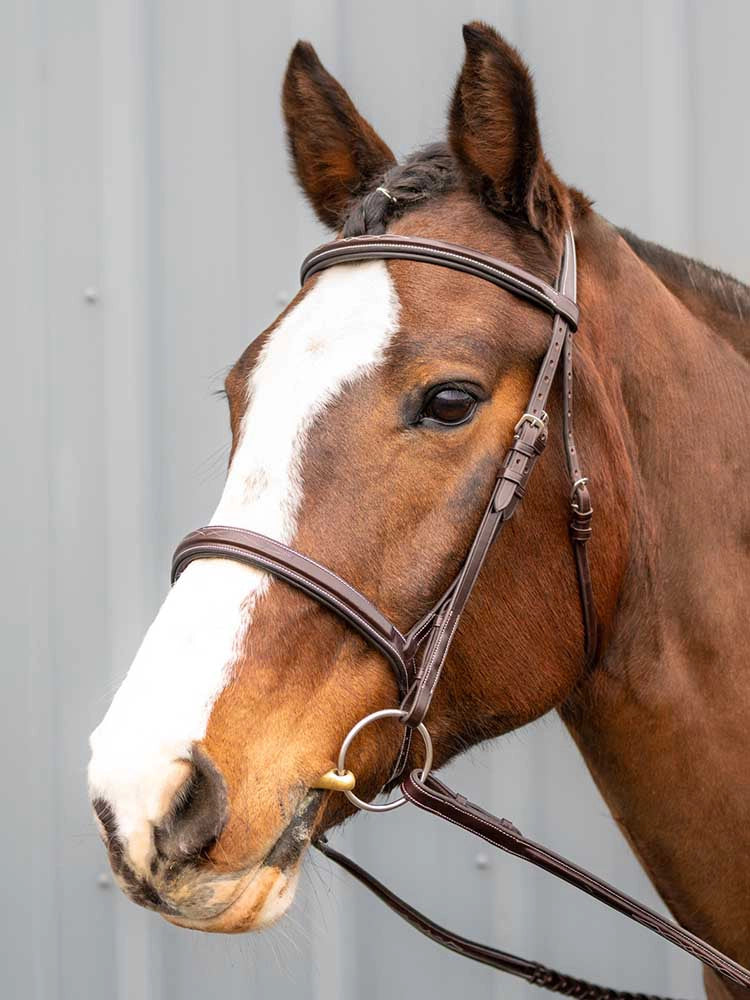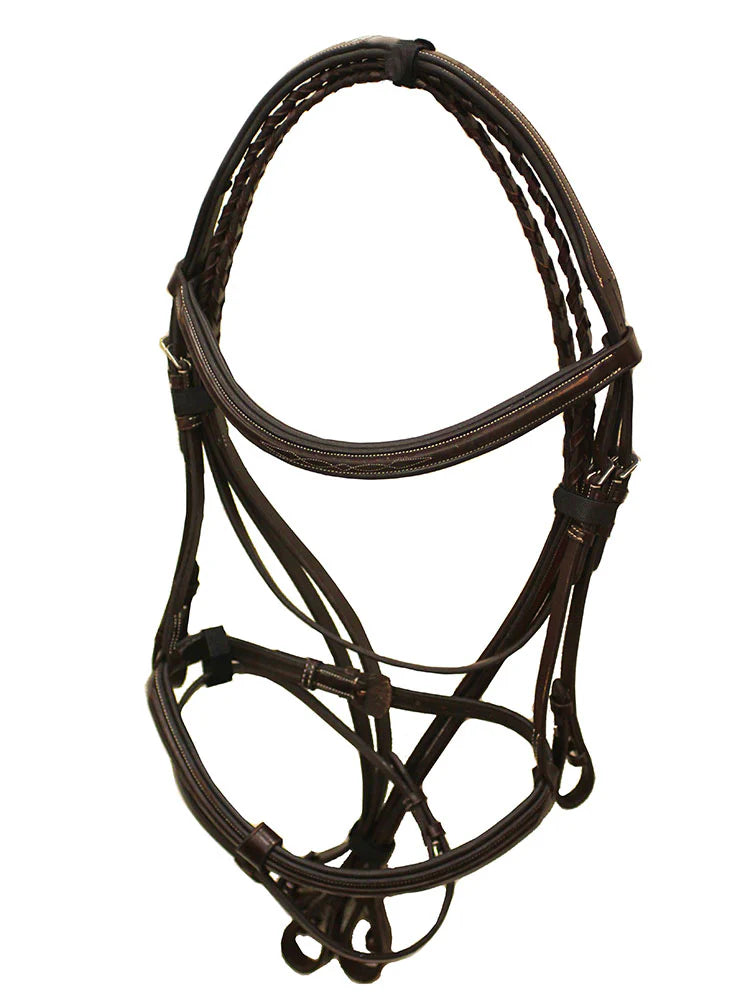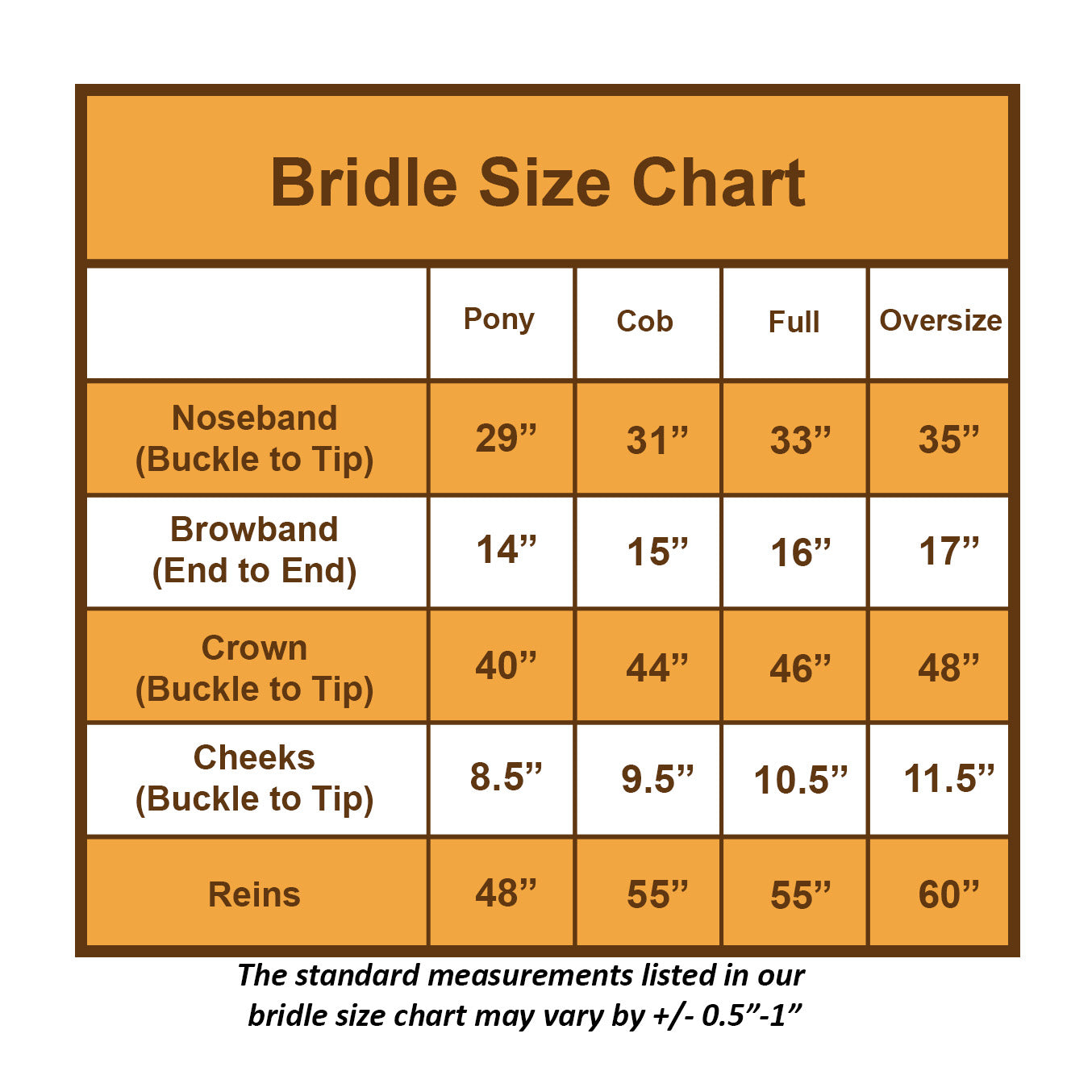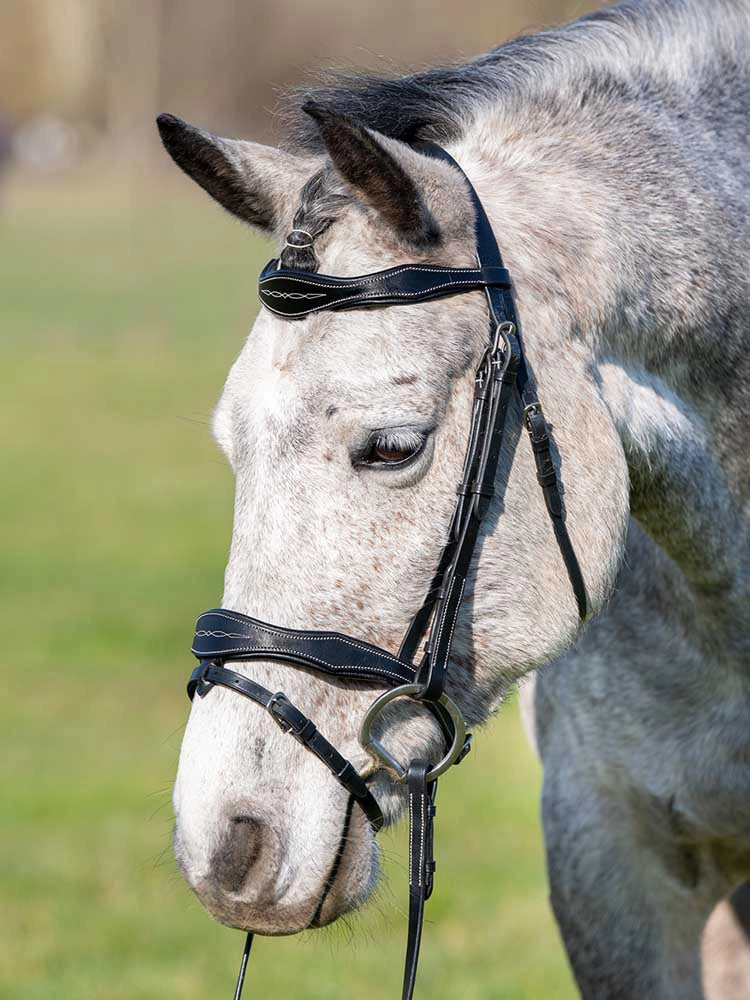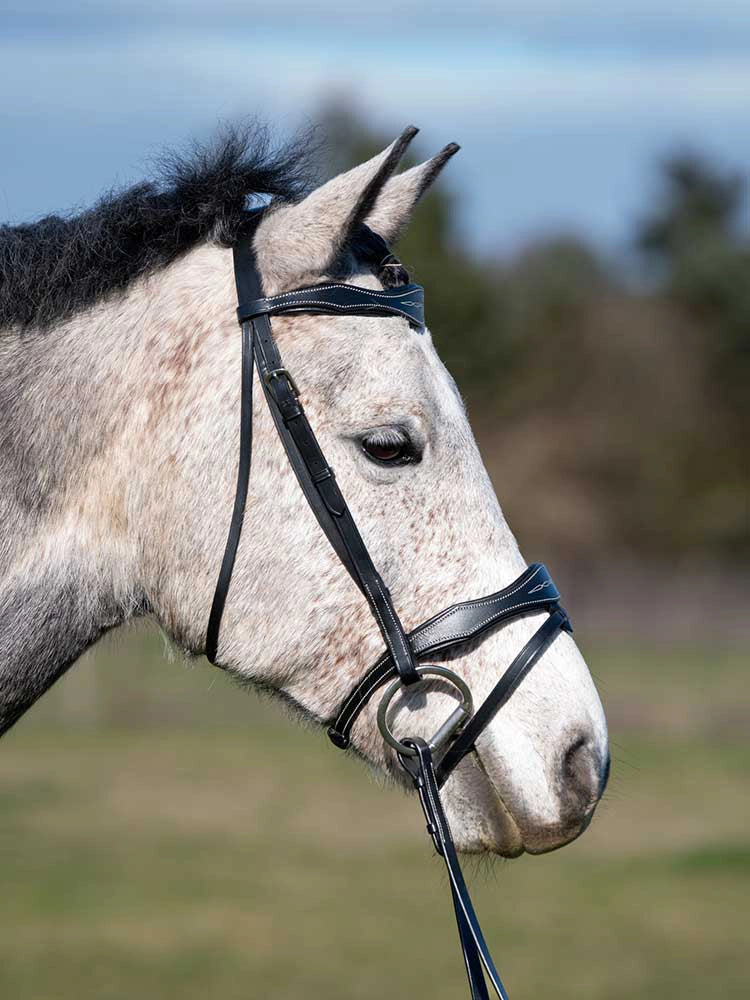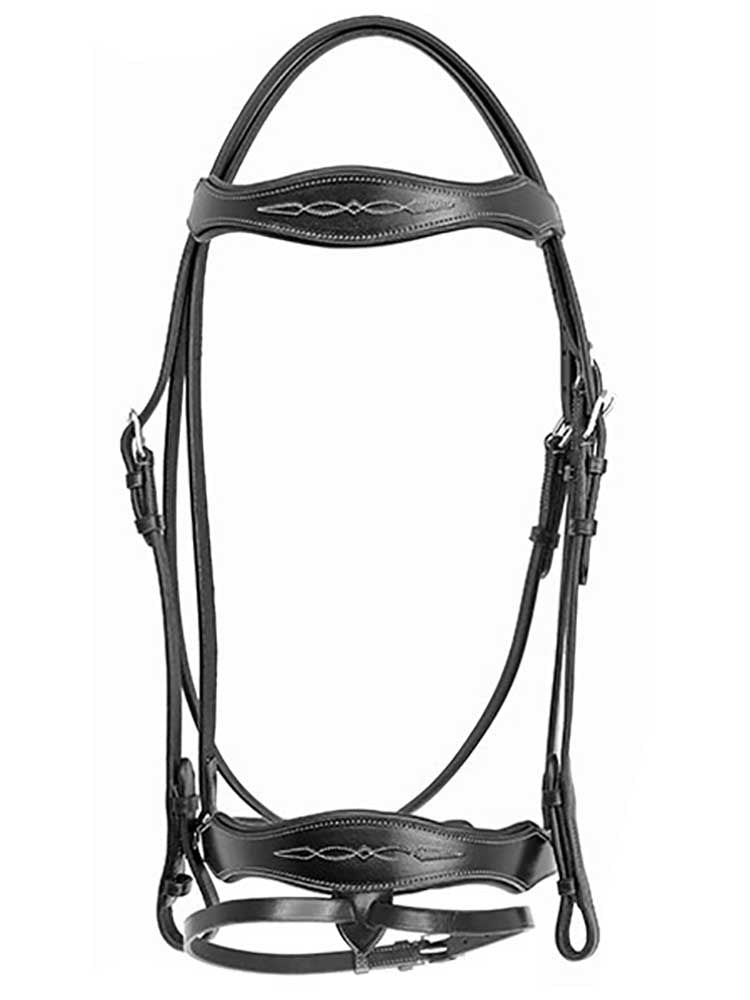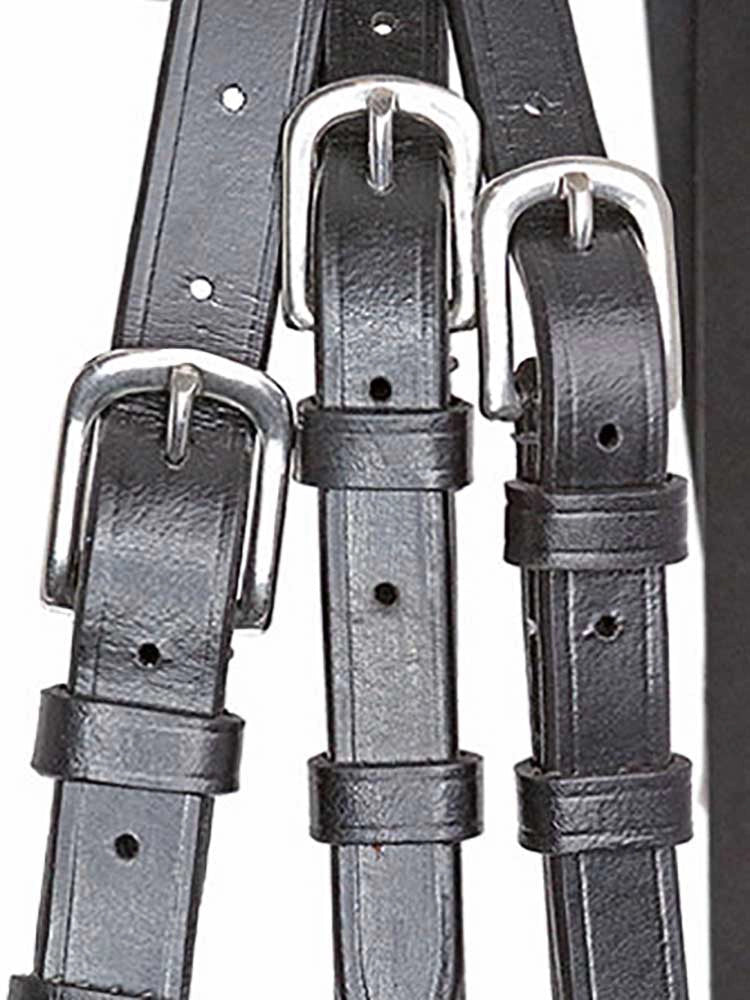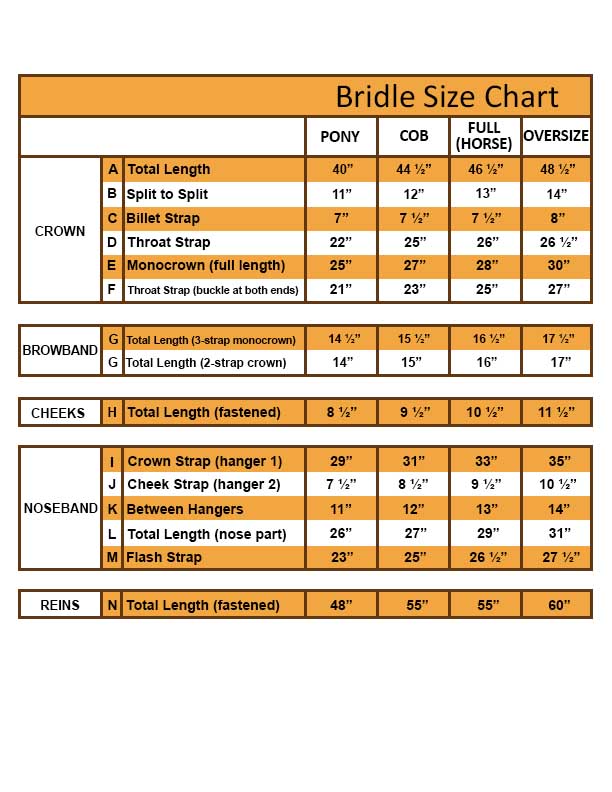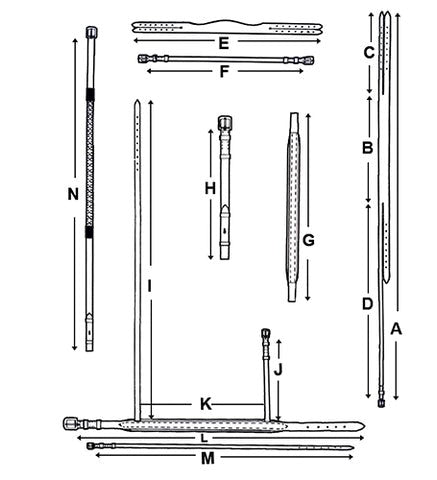Dressage is a discipline that celebrates harmony between horse and rider, where the movements can appear effortless but is the product of years of careful training. If you’re curious about dressage but don’t know where to begin, this guide is for you. We’ll cover the basics of what dressage is, the essential skills you’ll need, how competitions work, and the gear that will help set you up for success.
What Is Dressage?
Dressage is a system of training the horse. The word dressage derives from the French word "dresser" which means "to train." The goal of dressage is to produce a willing and balanced horse that can be a partner in any equestrian endeavor. The dressage scale of training guides you through exercises that develop the musculature of the horse to be able to carry the rider while becoming more athletic. Those who specialize in dressage competitions start with the basics at training level and can progress all the way up to the Grand Prix Olympic level. At its heart, dressage is about communication and partnership. The rider uses subtle aids including seat, legs, and reins, to guide the horse through a series of precise movements. These can be as simple as walking a straight line or as advanced as pirouettes and flying changes.
For beginners, the goal isn’t perfection, but about establishing rhythm, relaxation, and connection with your horse. When you and your horse move fluidly together, even basic exercises feel rewarding and lay the foundation for everything to come.
Why Dressage Is Great for Beginners
Even if you don’t plan on competing, learning dressage improves balance, posture, and communication skills that benefit every riding discipline. Beginners often find dressage rewarding because:
-
It builds a solid foundation in riding skills.
-
It improves the horse’s suppleness and responsiveness.
-
It emphasizes gentle, effective communication rather than force.
Think of dressage as learning a language. You start with simple words and phrases (walk, trot, canter) before progressing to full conversations (movements and tests).
Foundational Skills to Learn First
Before tackling patterns or tests, focus on these essential skills:
Rider Position: Dressage starts with the rider’s alignment. Keep a straight line from ear to shoulder to hip to heel. This balanced posture not only looks elegant but also allows you to follow the horse’s forward movement smoothly.
Horse’s Gaits: Become comfortable with the three basic gaits: walk, trot, and canter. Aim for consistency and balance in each, so your horse moves with an even rhythm.
Using the Aids: Your legs, seat, and reins each play a role. Legs encourage forward motion, your seat absorbs and influences movement, and reins provide direction. The real art lies in combining them seamlessly so your horse responds willingly.
Basic Movements: Start with exercises like large circles, serpentines, and simple transitions. These build both your horse’s suppleness and your coordination as a rider.
Pro tip: A well-fitted bridle can make a big difference in communication. The Southport Dressage Bridle is designed with your horse’s comfort in mind, helping your horse to stay focused on what you are asking him to do.
Understanding Rhythm, Balance, and Connection
Dressage is built on what’s known as the “Scales of Training.” While advanced riders go deeper into all six, beginners can focus on the first three:
-
Rhythm: Each gait has a natural beat—four beats for walk, two for trot, three for canter. The key is keeping that rhythm steady, whether you’re riding straight lines or turns.
-
Balance: A balanced horse carries itself evenly, without leaning on the forehand. Riders can encourage this by sitting tall and riding from leg to hand.
-
Connection: This is the “feel” between horse and rider. A good connection isn’t about pulling on the reins. It’s about a light, steady contact where the horse accepts the bit and listens to your aids.
When these three elements come together, riding feels smooth and effortless.
How Beginner Dressage Competitions Work
If you decide to compete, beginner dressage starts at the Introductory Level. These tests focus mainly on walk and trot work, with simple arena navigation. Movements might include 20-meter circles, straight lines, and transitions at specific letters.
Riders are scored on a scale of 0–10 for each movement. The judge also gives “collective marks” at the end for things like rider position, effectiveness of aids, and overall harmony with the horse. It’s less about winning and more about feedback. You walk away with a copy of your test with the judge's scores and comments so you know what to improve for next time.
Don’t stress about fancy helmets, show coats or dressage saddle pads at the beginner stage. You and your horse's turnout - clean tack, neat attire, and a well-groomed horse go a long way. Browbands like the Grewal Equestrian Black Onyx Mist Crystal Browband can add just a touch of sparkle to your bridle. A polished look can boost your confidence. Products like the Grewal Equestrian Black Onyx Mist Crystal Browband let you add a touch of sparkle to your bridle without sacrificing professionalism.
Tack & Gear You’ll Need
The right equipment makes dressage training more comfortable and effective for both horse and rider. As a beginner, you’ll need:
-
Dressage Saddle: Designed with a deeper seat and longer flaps to support proper position.
-
Bridle: A simple cavesson or flash noseband is the norm, though comfort features like padding are worth the investment.
-
Bits: Lower level dressage horses start in a snaffle bit. To be sure your type of snaffle is permitted in a dressage competition, consult USEF.org for the updated list.
-
Riding Boots: Tall boots or paddock boots with half chaps keep your leg steady against the saddle.
-
Show Attire (if competing): At introductory levels, a tidy polo or show shirt, breeches, gloves, and boots are generally acceptable.
Polo wraps have been popular with dressage riders for many years. With care, you can wrap your horse's legs from below the knee down to support the fetlock joint. The polo wraps can prevent injuries to tendons and can also be chosen in a color to complement your tack and saddle pad.
Tips for Success in Your First Year
Dressage is a journey, not a sprint. Beginners often make the mistake of rushing into harder movements before they’ve mastered the basics. Keep these tips in mind:
-
Work with a qualified instructor. Even occasional lessons can make a huge difference in developing correct habits.
-
Celebrate small wins. A straight centerline or a smooth transition is progress worth noting.
-
Record your rides. Watching yourself on video to help spot posture or timing issues you might not feel in the saddle.
-
Invest in comfort. Both you and your horse should feel at ease. Quality tack prevents resistance and discomfort.
-
Be patient. Dressage is about refinement, and improvement comes step by step.
Starting dressage as a beginner may feel overwhelming, but it’s one of the most rewarding riding paths you can take. With a focus on rhythm, balance, and connection, you’ll build a partnership with your horse that makes even simple movements feel magical.
Whether your goal is to enter the show ring or simply become a more effective rider, dressage offers the tools to get you there. Equip yourself with the right mindset, a supportive instructor, and quality tack from Grewal Equestrian, and you’ll be well on your way to mastering the art of dressage.
